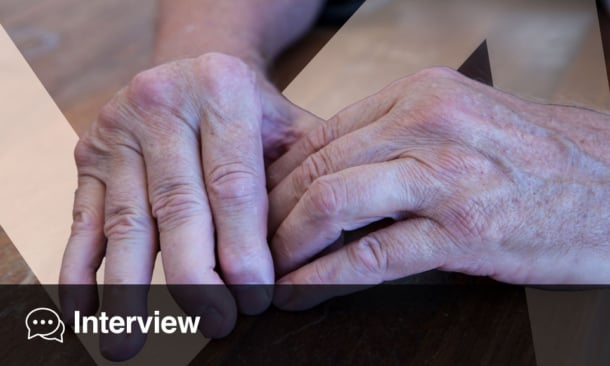These are the first two episodes of a four-episode podcast series supported by Viatris.
The views and opinions expressed in these podcasts are those of the individual speakers and do not necessarily reflect those of Viatris or EMJ. Speakers have received honoraria for their participation.
| Episode 1 | Episode 2 |
Episode 1: The Gender Gap: Exploring Differences in Chronic Pain
Understanding Sex-Based Disparities in Pain Perception and Management
Chronic pain, particularly in the context of rheumatic diseases, represents one of the most pervasive global health challenges, affecting over one-quarter of the world’s population. In recent decades, the influence of gender on pain perception and management has emerged as a significant focus of both scientific inquiry and clinical practice.
Epidemiological data consistently demonstrate that women are disproportionately affected by chronic pain syndromes, including musculoskeletal pain. Compared to men, women tend to exhibit a lower pain threshold and heightened pain sensitivity. These differences are not only quantitative but also qualitative, with phenomena such as allodynia and secondary hyperalgesia appearing more pronounced in female patients. Moreover, psychosocial factors, such as individual pain history and levels of anxiety, may further modulate pain experiences in women. These observations align with the biopsychosocial model of pain, which posits that biological, psychological, and social dimensions collectively shape the pain experience.
Topics Covered:
- Gender differences in chronic pain
- Placebo/nocebo effect within the biopsychosocial model of pain
- Past and present management of women’s pain
Speakers:
Nicholas Fuggle1
Milton Raff2
1. Associate Professor at the MRC Lifecourse Epidemiology Centre (MRC LEC), University of Southampton; Honorary Consultant Rheumatologist at University Hospitals Southampton, UK
2. Anaesthesiologist, Christiaan Barnard Memorial Hospital, Cape Town, South Africa
Episode 2: AI in Healthcare: Trust, Transformation, and the Human Touch
Can AI Help Doctors Be More Human?
A recent survey among 2,000 patients in the USA revealed a growing openness to AI in healthcare, especially when it enhances time with physicians. The majority of patients support AI tools if used as ambient listening devices leading to more direct interaction with the HCP allowing more face-to-face time. However, concerns remain, particularly around AI when used for diagnosis. 55% of patients still feel uneasy about AI making clinical decisions. Therefore, there is an increasing request for transparency when AI is used in this case and for follow-ups like lab results. However, it might be recognised that if AI is used automating repetitive tasks and expanding care capacity, it might support healthcare workforce current crisis. Ultimately, the future of AI in healthcare depends on trust, transparency, and collaboration, with both patients and providers at the centre.
Topics Covered:
- How patients currently feel about AI used in the healthcare system
- Reduction of HCPs cognitive workload thanks to AI
- Building confidence in AI but keeping human in the loop
Speakers:
Nicholas Fuggle1
Milton Raff2
1. Associate Professor at the MRC Lifecourse Epidemiology Centre (MRC LEC), University of Southampton; Honorary Consultant Rheumatologist at University Hospitals Southampton, UK
2. Anaesthesiologist, Christiaan Barnard Memorial Hospital, Cape Town, South Africa
For more Viatris-sponsored content covering Osteoarthritis, you can view an infographic here, interact with an OA case study, or listen to a podcast here.







